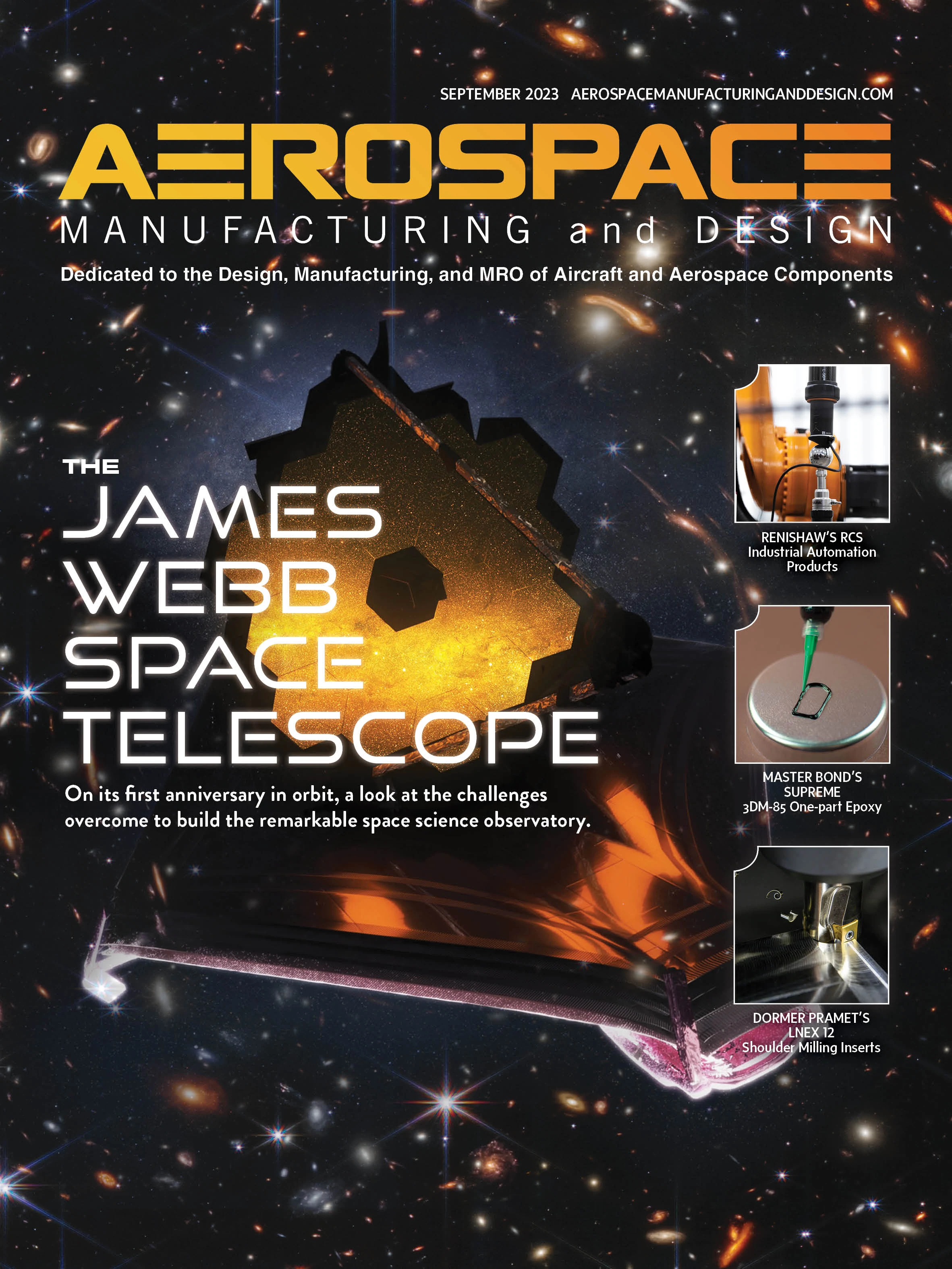

Few things are more complex to manufacture than a modern long-range aircraft. Some manufacturers of these large, sophisticated vehicles are among the largest businesses in the world.
Because aerospace and defense (A&D) enterprises work closely with governments and private entities, they must meet the most stringent standards for compliance, cybersecurity, and safety. Further down the line, the A&D industry consists of incredibly complex supply chains. American aircraft manufacturers typically coordinate with up to 1,200 suppliers, according to the U.S. Department of Defense’s report, Securing Defense-Critical Supply Chains, February 2022. Given the supply chain’s size and complexity, the industry faces unique challenges to achieving visibility and efficiency. Ongoing supply chain disruptions have hampered the sector, from increased material costs to labor shortages and materials/components scarcity. The result is A&D organizations struggling to meet revenue targets, forcing them to cut back on growth forecasts.
Yet, numerous A&D organizations still rely on outdated enterprise resource planning (ERP) systems from as far back as the 1960s that no longer meet their needs. This reliance on outdated technologies translates to rising maintenance costs, hindering A&D organizations’ ability to keep pace with modernizing digital manufacturing operations.
Modernizing the ERP system is a prerequisite for mastering A&D’s inherent complexity. By implementing a modern, cloud-based ERP system, companies can gain better insight and transparency into their complicated supply chains, allowing them to improve supply control and coordination and manage third-party risk.
But, given the massive size of these organizations, implementing such a change in all departments may cause disruption and take time, sometimes years.
Traditionally, companies implement a single, monolithic ERP for all requirements at all sites. These ERP solutions require many resources to maintain, lead to inflexibility for subsidiaries, and hinder a best-of-breed approach as systems have either very advanced finance modules or extended capabilities supporting mixed manufacturing modules, but not both. To innovate efficiently, A&D organizations should consider using a composable ERP strategy to rapidly integrate multiple facilities with specialized solutions.
The composable ERP approach deploys a principal core ERP solution to address common processes at the corporate level and another ERP system for different sites or business functions. Business advisory firm Gartner defines composable ERP as an adaptive technology strategy for building a foundation of administrative and operational capabilities letting organizations respond more quickly to changes in the business environment.
In essence, the approach is to split by function: selecting a different ERP in addition to the corporate one with different core capabilities, for modernizing operational locations such as manufacturing sites, with specific functionality designed to support A&D production processes while following industry regulation. This allows organizations to source an ERP with added functionality in planning, scheduling, multi-modal manufacturing, and A&D-specific program cost control, in compliance with industry standards and regulation without compromising the existing finance controlling systems.
With composable ERP, smaller arms of a larger A&D organization can get onboarded to the overarching corporate system. Moreover, expedited implementation allows A&D companies to use technology solutions to optimize and automate current business processes.
Dividing ERP by function reduces the migration complexity. Many A&D manufacturers have seen the light and are moving their ERP system architecture to the multi-tenant cloud. But the shift of an entire ERP system from on-premises to the cloud in one go is a large and sometimes overwhelming feat, and not only from a technology perspective. With a composable ERP system across functions, such as finance and manufacturing, the risk of migration to the multi-tenant cloud can be reduced with a step-by-step approach.
A two-tiered approach to ERP, splitting out finance and manufacturing operations, ensures deeper functionality for both departments and paves the way for a much larger move: migrating ERP functionality into the multi-tenant cloud.
Due to the complexity of their supply chains, A&D organizations must turn to new solutions to modernize quickly and increase visibility. These companies, however, often resist change due to multiple factors including cost, and they often focus on single issues such as purchase orders while ignoring capabilities for netting or planning. They’ve also been resistant to change due to lack of trust in ERP providers to efficiently deliver successful implementation. Stories abound of multi-year implementations spiraling out of control in time and cost. Luckily, smart A&D executives are breaking away from the pack and embracing change. The successful digital transformation of the industry depends on it.
About the author: Henning Dransfeld is director of Strategy & Industry Solutions at Infor. He can be reached at henning.dransfeld@infor.com.

Explore the September 2023 Issue
Check out more from this issue and find your next story to read.
Latest from Aerospace Manufacturing and Design
- Safran Defense & Space opens US defense HQ
- Two miniature absolute encoders join US Digital’s lineup
- Lockheed Martin completes Orion for Artemis II
- Cylinder CMMs for complex symmetrical workpieces
- University of Oklahoma research fuels UAS development
- Motorized vision measuring system
- Everyone's talking tariffs
- Boom Supersonic to launch Symphony engine testing in Colorado





